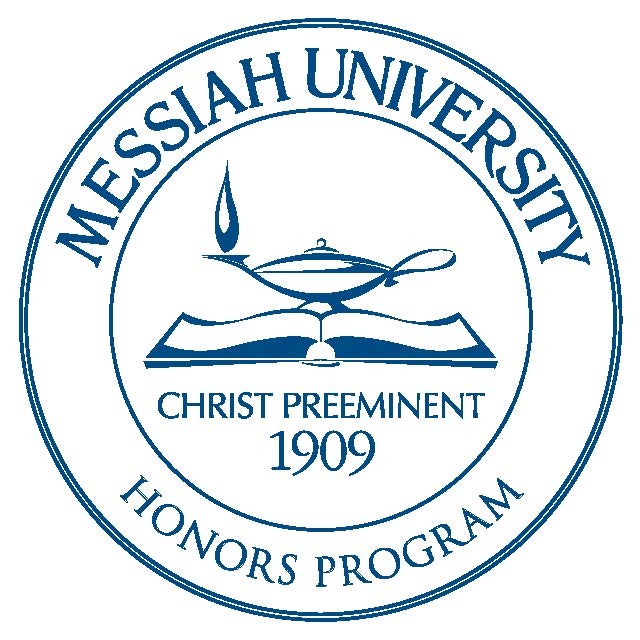Date of Award
2003
Document Type
Thesis
Degree Name
Bachelor of Arts (BA)
Department
History, Politics and International Relations
First Advisor
Dr. Jim LaGrand
Abstract
Although American dining rooms and dining practices have changed substantially since the eve of the American Revolution in the 1750s and 1760s, some general themes continually manifest themselves in each century.2 Dining remains the ideal time for entertaining and family conversation, and the dining room continues to represent class and status within the culture. As a result, the study of American dining is not a clear-cut progression from foods prepared on an open hearth to the microwave. Instead, the changes in decoration styles and food tastes mask the underlying similarities found within each century of American history. While societal changes are clearly evident in architectural and decorative techniques, the purpose and ideal of dining and the dining room as family gathering place remain. Kenneth Ames notes, "Eating linked nineteenth century people to all people, of every time and place ... " because all people in every century eat and enjoy food, especially in the company of others. 3 However, as society evolved, it became increasingly difficult for middle class Americans to maintain the ideal dining space. By the 1950s, fewer homes had formal dining areas in an attempt to create a simpler lifestyle, and the cost of a single-purpose room was too great. This shows that the changes and similarities one observes in an American dining room also reflect societal values and norms, since wealthier families in every century were often the only ones to have a formal room devoted solely to dining.
Recommended Citation
Kraft, Janet, "Two hundred years of dining in "middle class" American homes" (2003). Honors Projects and Presentations: Undergraduate. 378.
https://mosaic.messiah.edu/honors/378



Comments
Approved for Honors in the Department of History, Messiah College, 2003.